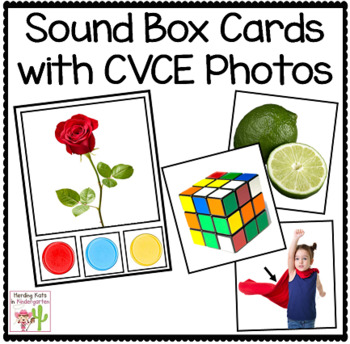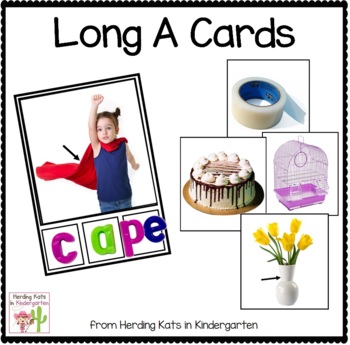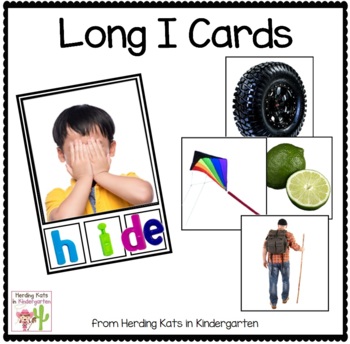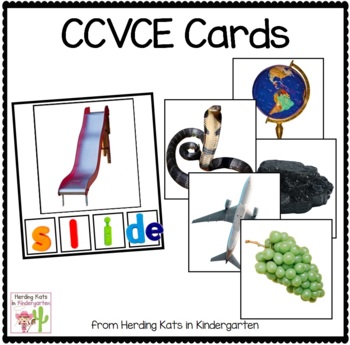Sound Boxes for CVCE Words with Photos
- PDF
Also included in
- Do your students need help with building phonological awareness and phonemic awareness? These Sound Boxes (also called Elkonin Boxes) let students practice orally segmenting phonemes or sounds in CVC, CCVC, CVCC, CVCE and CCVCE words! Sound boxes are the perfect activity for small group instruction,Price $8.00Original Price $9.00Save $1.00
Description
Do your students need help with building phonological awareness and phonemic awareness? These Sound Boxes (also called Elkonin Boxes) let students practice orally segmenting phonemes or sounds in CVCE and CCVCE words! Sound boxes are the perfect activity for small group instruction, interventions, and independent work! There are 66 different CVCE and CCVCE words included in this pack, represented by a clear photograph - great for vocabulary building with ESL students! Segmenting words into their phonological parts with sound boxes is an activity supported by the Science of Reading!
WHAT'S INCLUDED:
48 different long vowel CVCE words represented by photographs.
- 11 Long A CVCE words
- 14 long I CVCE words
- 11 Long O CVCE words
- 11 Long U CVCE words
18 different long vowel CCVCE words represented by photographs.
Sound Box cards with 3 or 4 sound boxes - you can print these on colored cardstock for a fun look!
WAYS TO USE:
- Small group or center activity with letter tiles or magnetic letters
- Small group with counters
- One-on-one for RTI
To use:
There is a box for each sound of the word. For example, for the word “cape”, you would push a counter forward into each box for each sound that you say. “/c/ /a/ /p/”. After you push the sounds forward, you then slide your finger under it to demonstrate how text is read from left to right. You can also use letter tiles or alphabet magnets as students learn letter-sound correspondence, since the "e" is silent in CVCE words, it gets added into the box with the last consonant. If you laminate your cards, students can use dry-erase markers to write each letter in the corresponding box!






